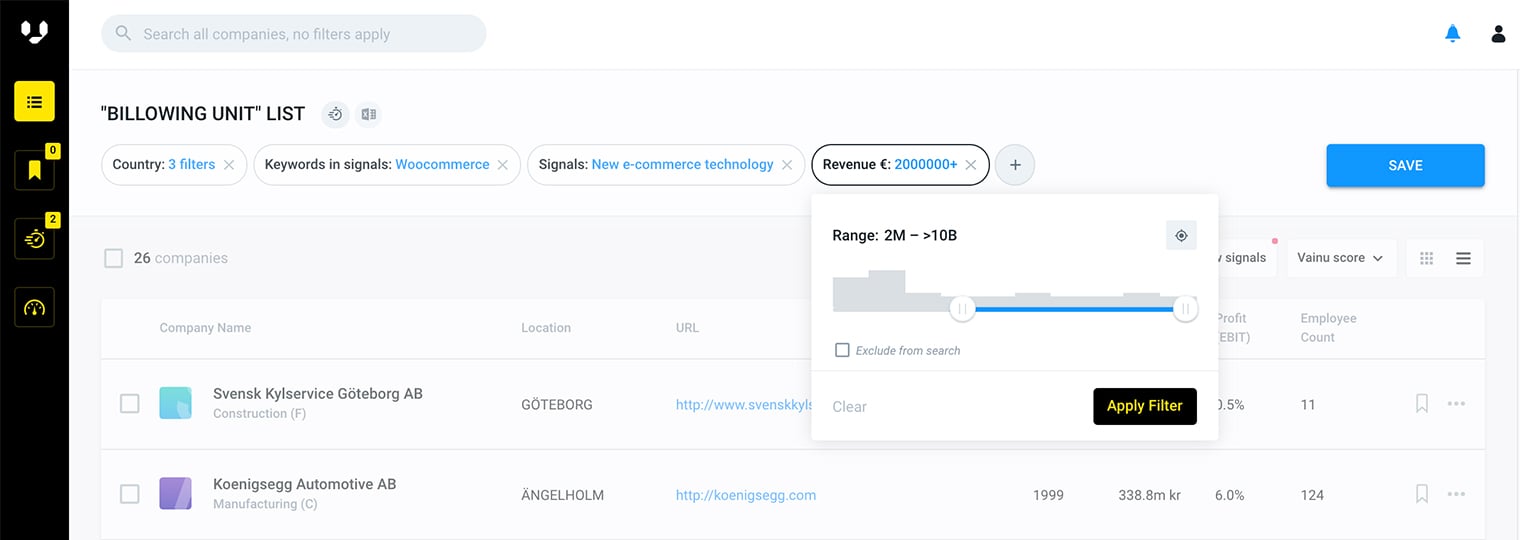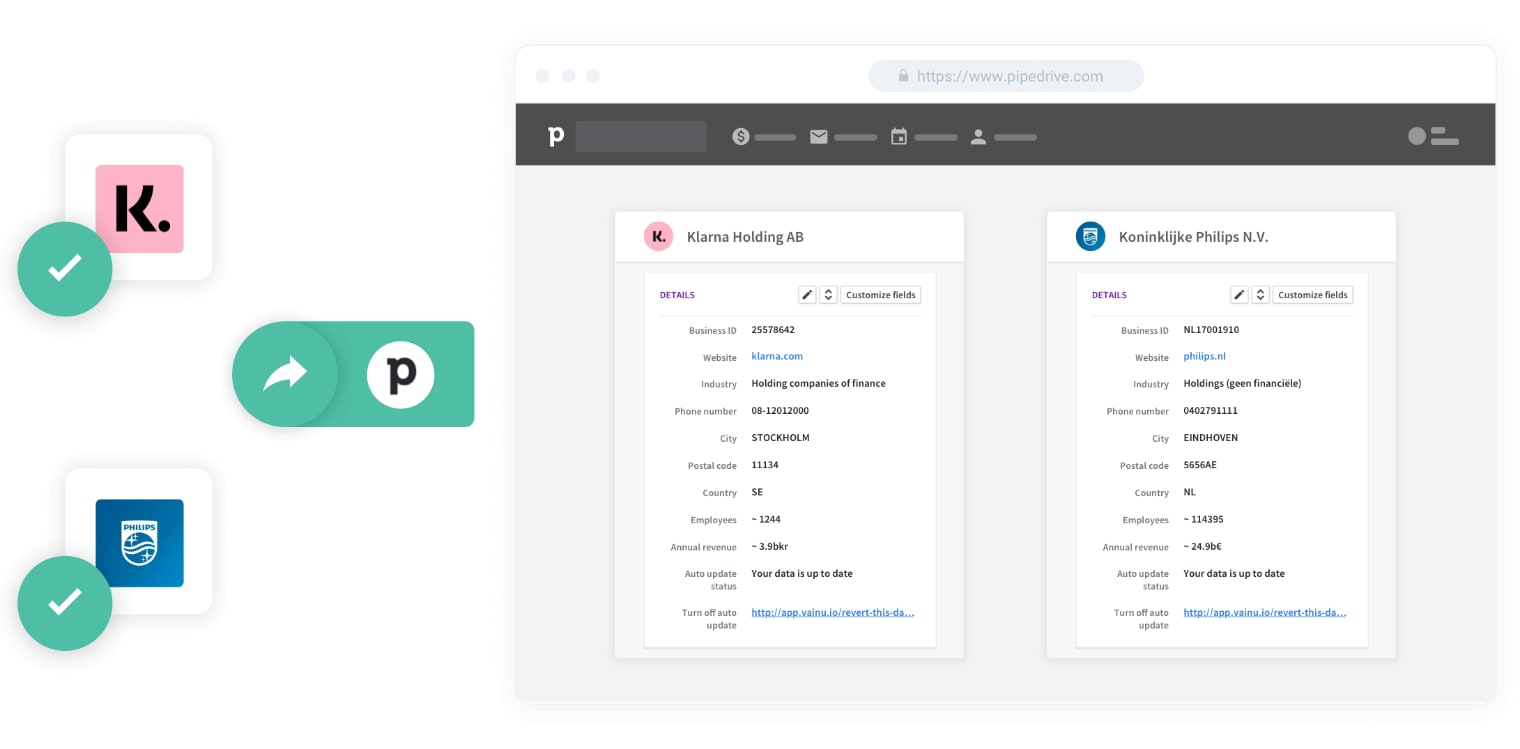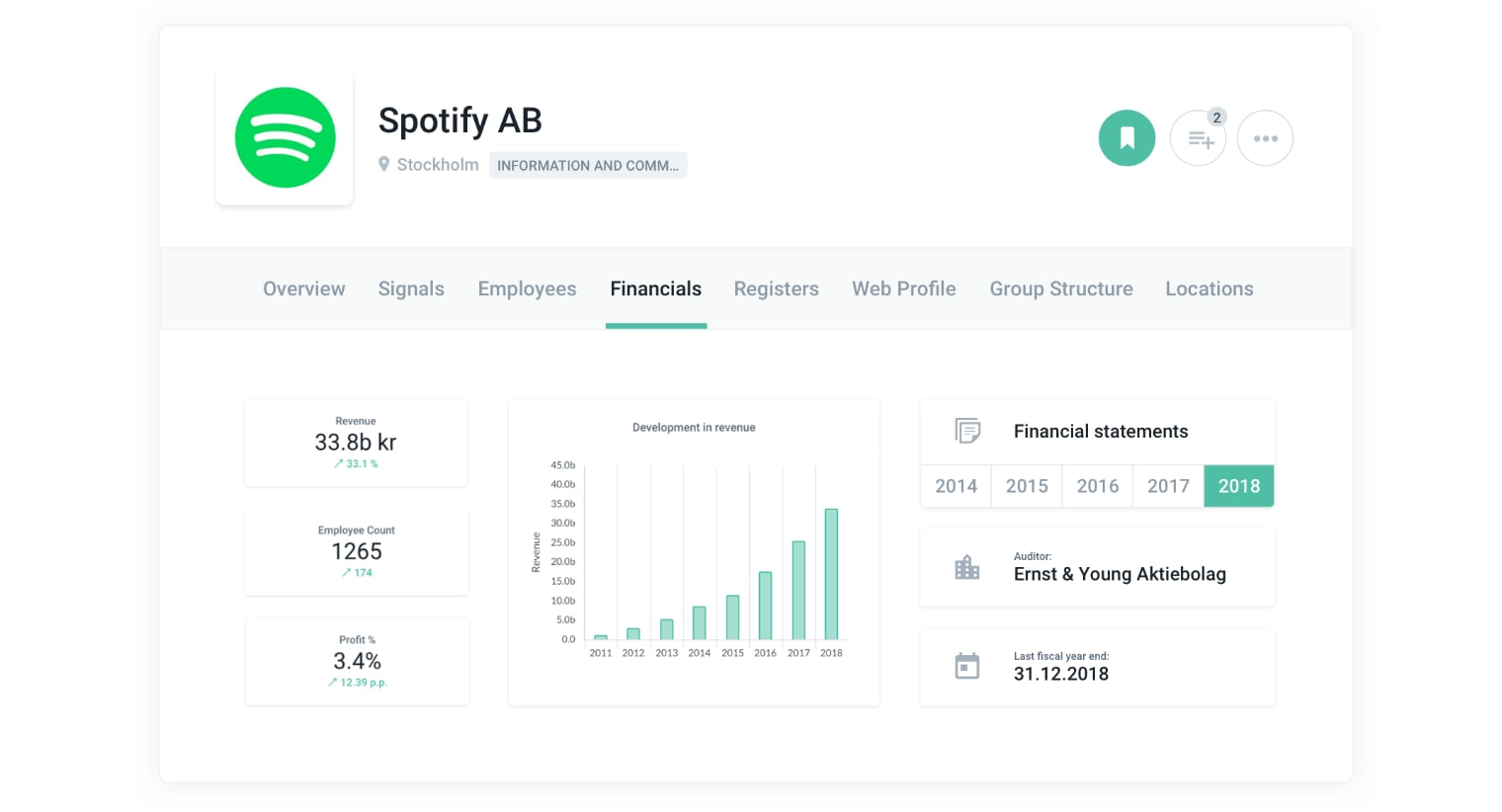Companies Are Turning To eCommerce—Here’s How To Find Them
When the going gets tough, the tough test new ideas. In the recent weeks of economic downturn, many business owners have been forced to look for alternative ways to bring in revenue. And one of the most popular ways has been going digital: leaping into the unknown and setting up an ecommerce website, or doubling down on an existing one.
And with these new websites, businesses face a number of new challenges. How do I get visitors to my site? How do I get the visitors to convert? How do I ensure a smooth purchasing and delivery process? These new ecommerce sites need help from the experts—the ecommerce consultancies, the add-on software providers, and the digital marketing agencies—whether they know it or not.
If you’re one of these experts and struggling to find those in need of your services, here’s a quick how-to on finding and reaching out to new ecommerce websites like a professional.
All you need is (Sales) Intelligence
When searching for new sales opportunities, a modern sales intelligence tool such as Vainu will do the heavy lifting for you. Combining a traditional company database with technographics, i.e. technology data from a company’s website, will help you pinpoint exactly the types of companies you’re looking for, and stay up to date as situations change.
Using Vainu as an example, here’s how to find and reach out to these new ecommerce companies in just four simple steps:
Step 1. Identify the ecommerce sites to target
Use filters in the list building view to create two saved searches:
Newly adopted ecommerce technology
To find companies just getting started, use the ‘New e-commerce technology’ filter together with your platform of choice in the keywords. If you’d like, pair this with firmographic data to get even more focused.

Newly adopted supporting technology
Filter down to companies using the e-commerce platform of your choosing, and then look for adoption of key supporting tools: Optimizely (A/B testing), Hotjar (Heatmapping), or Klarna (payments), to name a few.

Step 2. Add the new prospects into your CRM
Once you have your list, push the companies into your customer relationship management (CRM) software with the click of a button. Having the companies in a database will make it easier for you to follow your sales efforts and store any insight you gain while interacting with the customer.
If you already have the companies in your system, make sure your data is up to date—if not, an automated database sync with your Sales Intelligence tool should do the trick.

Step 3. Do a quick background check on your prospects
Before starting your cadence, take a moment to think about your message and tone. Go through the company profiles and look at the following:
The financial statement, for an indication of how tough times may actually be right now.
Their current tech stack, to understand how big of a potential ecommerce push the company may be willing to make.The recent signals, for other changes that would be affecting the business: layoffs, expansion plans, changes in leadership, and so on.

Step 4. Reach out with a tailored message
Finally, it’s time to start the outreach. Contact companies, present what you do clearly, and explain how you’ll be able to help them in these peculiar times. Use the findings from your research to tailor the message—mention the technologies, the recent changes, and how your services relate to them.
With this tailored approach, you’ll see the quality of your conversations skyrocket!
The show must go on
Just because the economy got a shock to its system doesn’t mean sales and marketing efforts should be put to a halt. In fact, it’s quite the opposite: to ensure we bounce back even stronger, businesses need to keep active now more than ever. Just make sure you’re empathetic of the situation, helpful in your approach, and using data to be relevant when doing so, and people will respond in droves.